MORE ABOUT ERGONOMICS
Ergonomics ExplainedWhat is ergonomics? We'll explain how personalising your work station to suit your body type, height, and weight, will benefit your posture and performance.

Best Practices for Workplace ErgonomicsOptimising your workplace ergonomics won't only benefit your overall posture and remove physical strain, but will also improve your energy levels and performance.
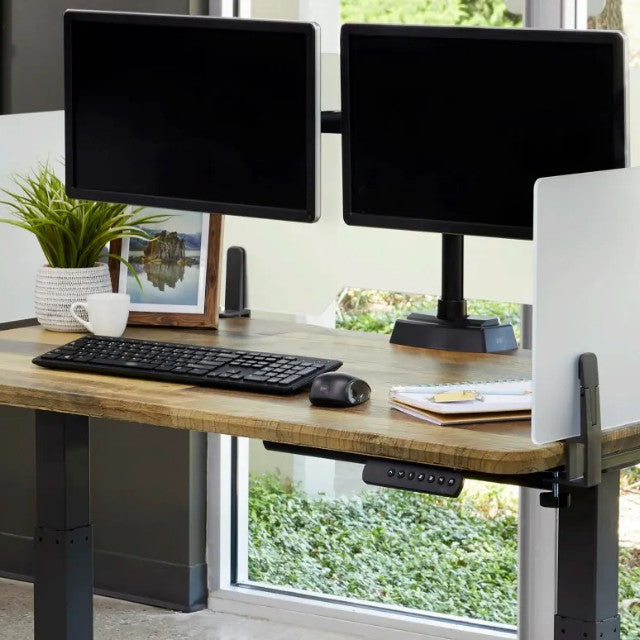
Designing An Ergonomic Office SpaceDesigning an office space isn’t just a layout and decor project. An ergonomic office impacts productivity, workplace culture, and even health and safety.

Work-Life BalanceApplying proper ergonomics is a step closer to achieving better work-life balance. Move your body and comfort beyond the workplace with our ergonomic furniture.

Set Up An Ergonomic Home OfficeGuidance on setting up your ergonomic home office tailored to your own body type – from your office chair and desk, to the mouse mat positioning and lighting.
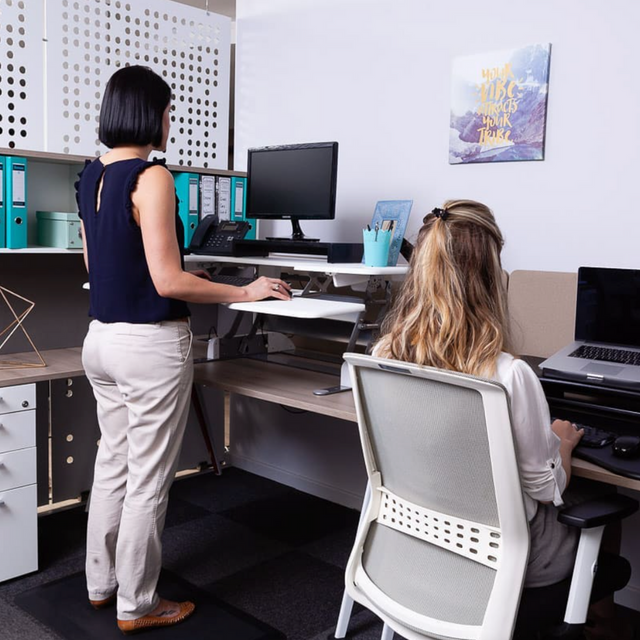
Ergonomic Laptop SetupSome guidelines on how to correctly set up your workstation, using a laptop stand, to ensure better ergonomics for improved posture and work performance.
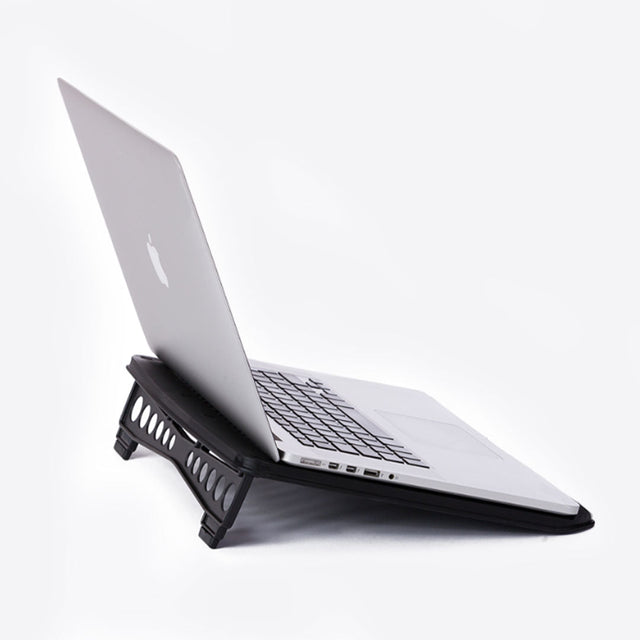
Desks for GamingThe best gaming desk should offer you more than a steady computer surface. It should allow for comfortable game time with minimal strain on your neck and back.

Benefits of ErgonomicsThe benefits of ergonomics include instant relief from physical strain and stress, improved energy levels, reduced mental fatigue, and improved performance.
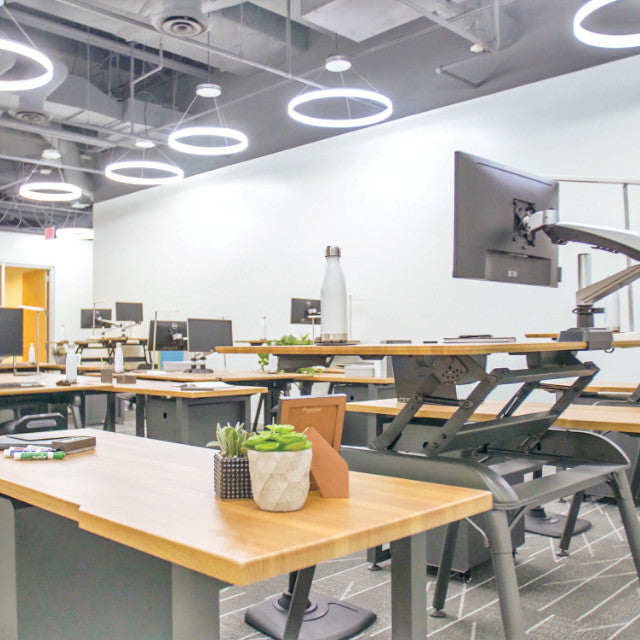
Common Workplace InjuriesPoor posture and prolonged physical strain due to the wrong desk or chair height and type for your body can lead to back and neck pain, strain and tension.
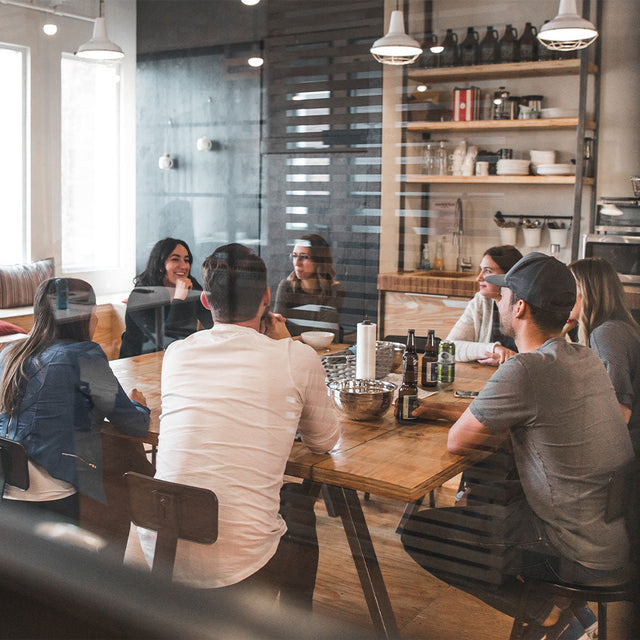
Recommendations to Prevent Kids' Back PainEven children can suffer from back pain and neck strain due to their study desk and chair at school. This can be prevented with ergonomic furniture for kids.
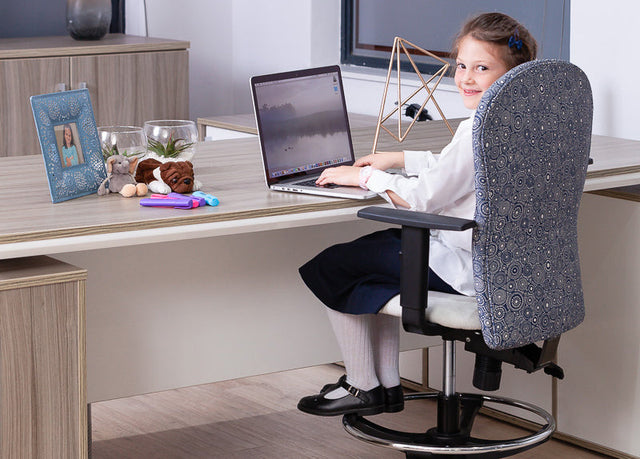
Coworking & ErgonomicsCoworking or hot desking is a trend where no one seat is assigned to a single person. Ergonomically, this can be bad for your posture, health, and performance.

Causes of Back Pain & Easy SolutionsBack pain is often related to work posture. Muscle fatigue, stress and unnecessary strain on your back can easily be solved with the correct ergonomic furniture.

How To Relieve Shoulder PainBad posture and lack of ergonomic furniture lead to work strain and injuries. Here are some quick and simple exercises and stretches to relieve shoulder pain.

Ergonomics for Children Is ImportantPosture care is important from a young age. Ergonomics for kids allows children to be comfortable at their work stations, while improving focus and learning.

Carpal Tunnel Syndrome vs Normal Wrist PainCarpal Tunnel Syndrome differs from normal wrist pain, and is often a result of prolonged computer usage – especially when not attending to workplace ergonomics.

Mental Fatigue Is About More Than Just The MindMental fatigue is about more than just the mind. Physical strain experienced while working is an energy drain, which leads to sluggishness and underperformance.


